This Space Available
By Emily Carney
Columbia didn’t fly until April 1981, but NASA began envisioning the Space Shuttle as early as 1969, while its astronauts and engineers were still busy perfecting landing on the Moon. A sweep of 1970s NASA images reveals treasures chronicling the early development of the program, which required the agency’s centers and workforce to devise new approaches in testing a vehicle that functioned as part rocket, part cargo ship, part science lab, and part airplane.
Here is a small selection of NASA images that capture these heady times; two of the photos are from the author’s collection, and are from a recent visit to Space Center Houston.
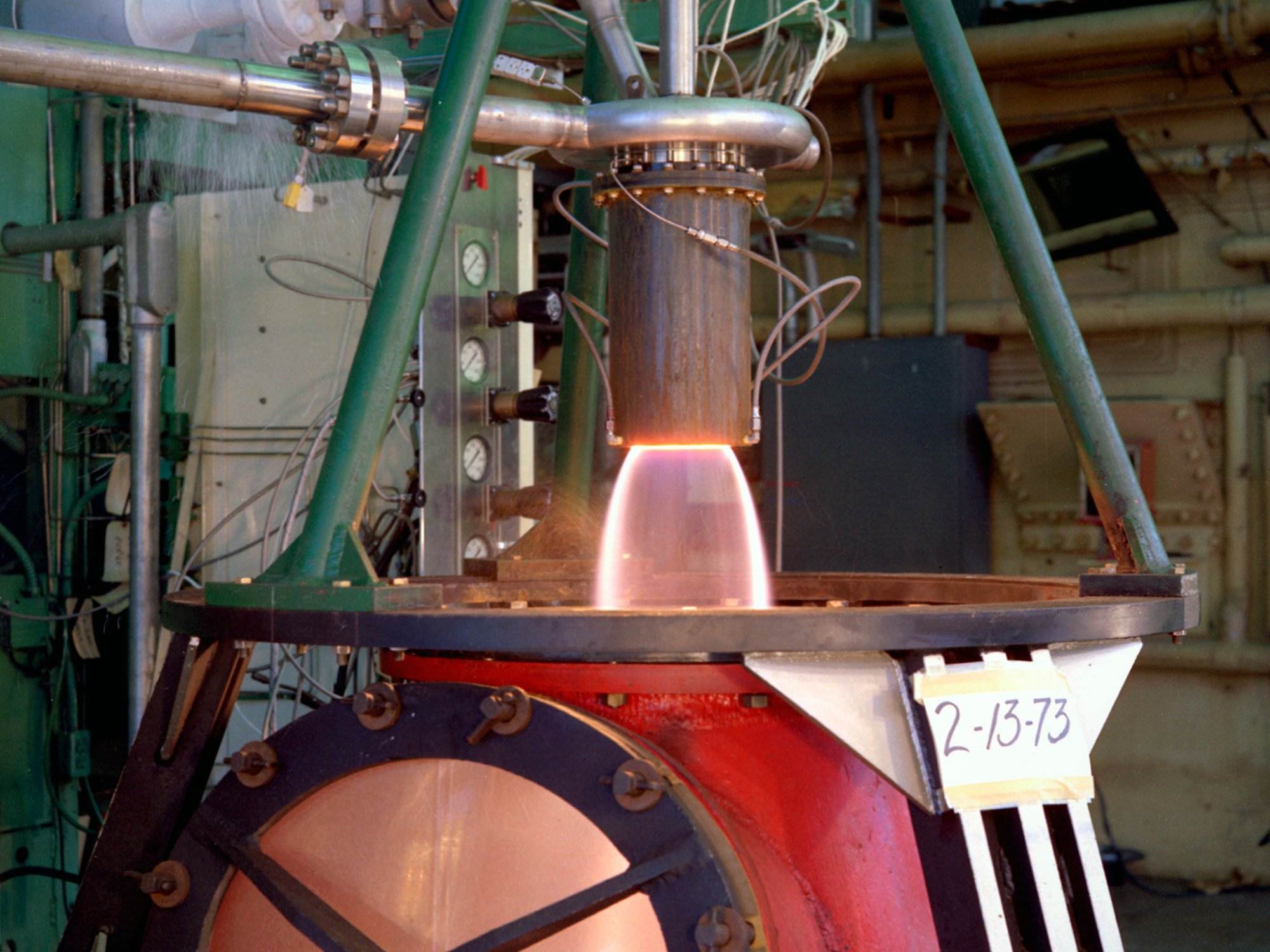
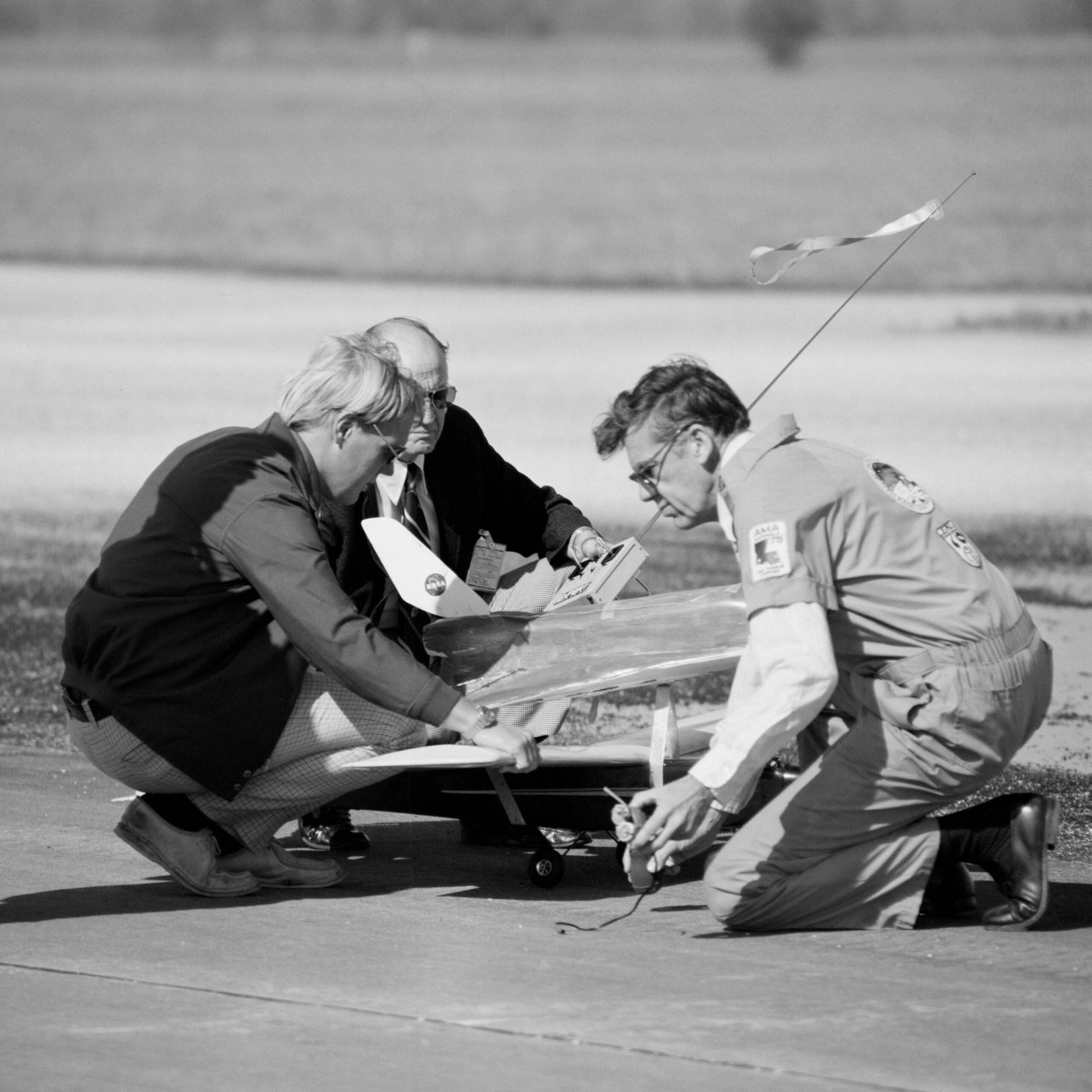
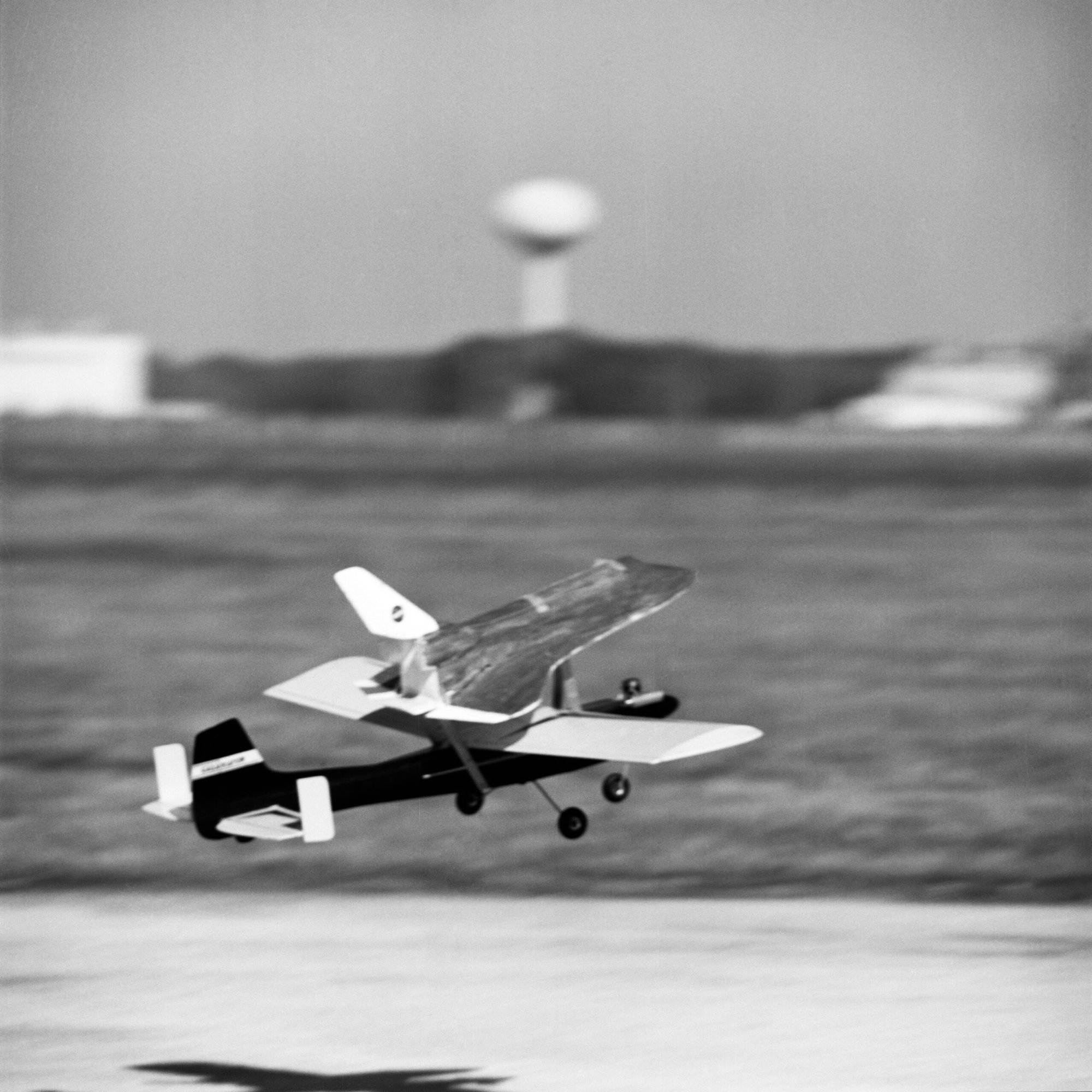
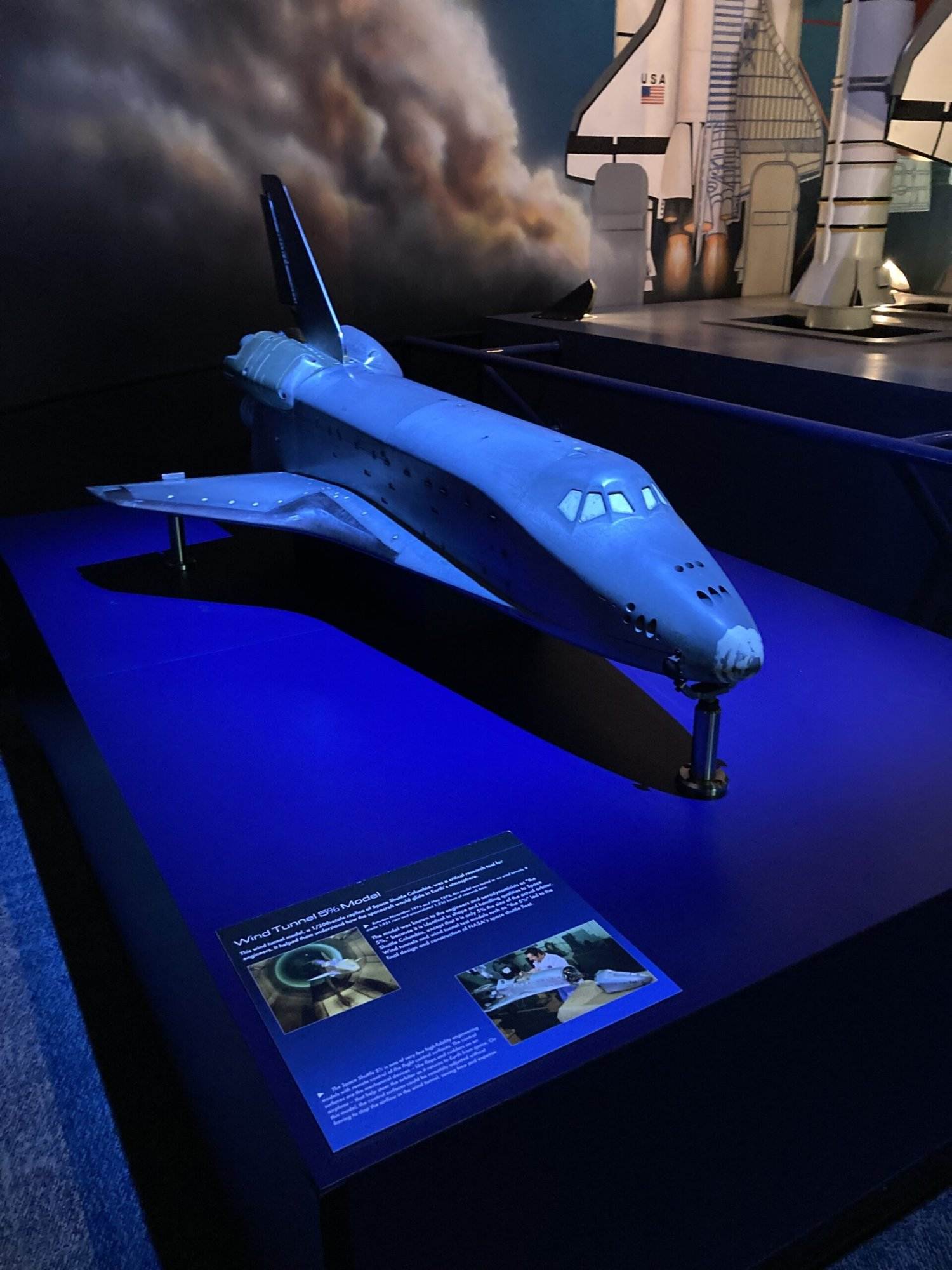
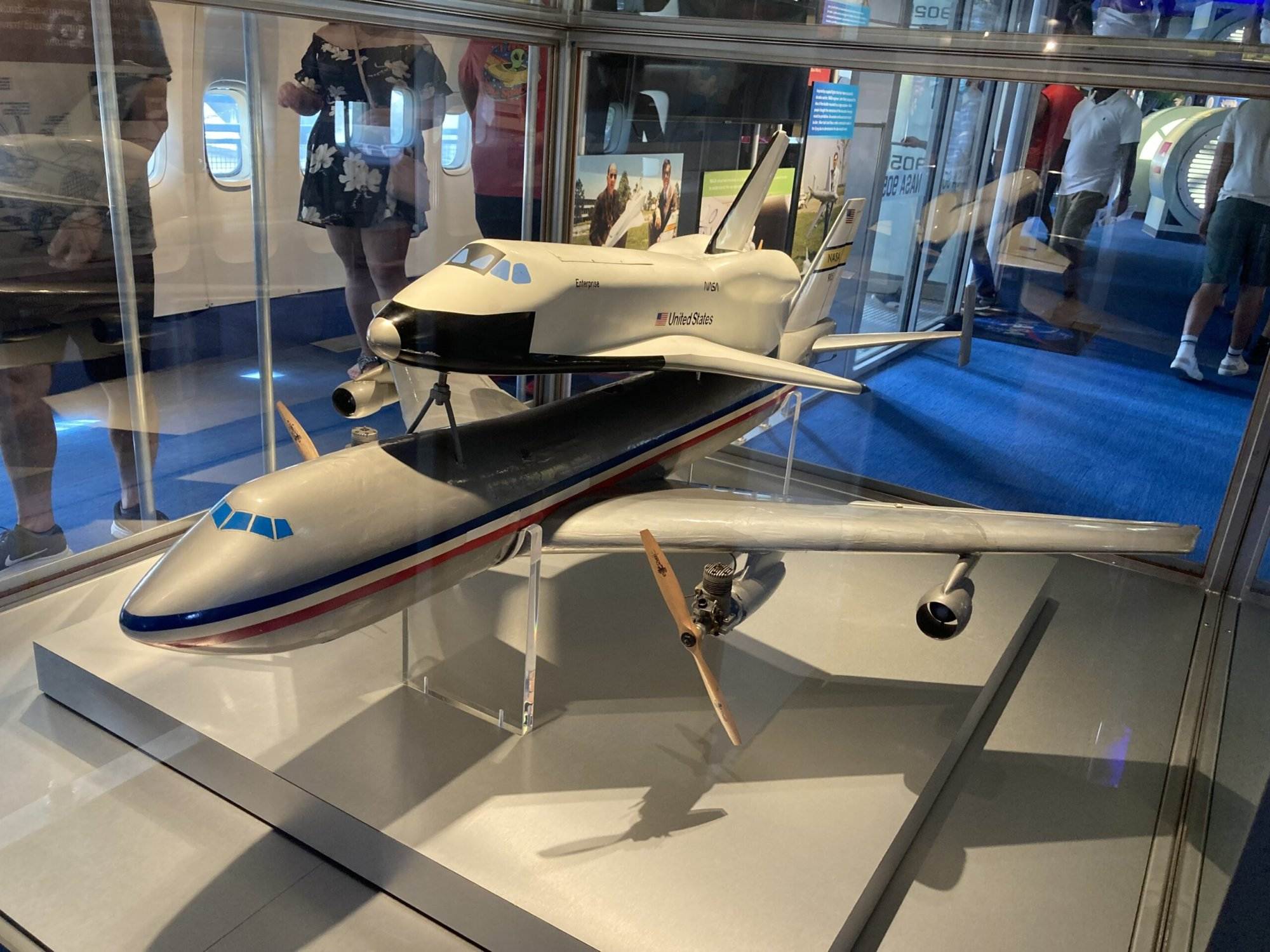
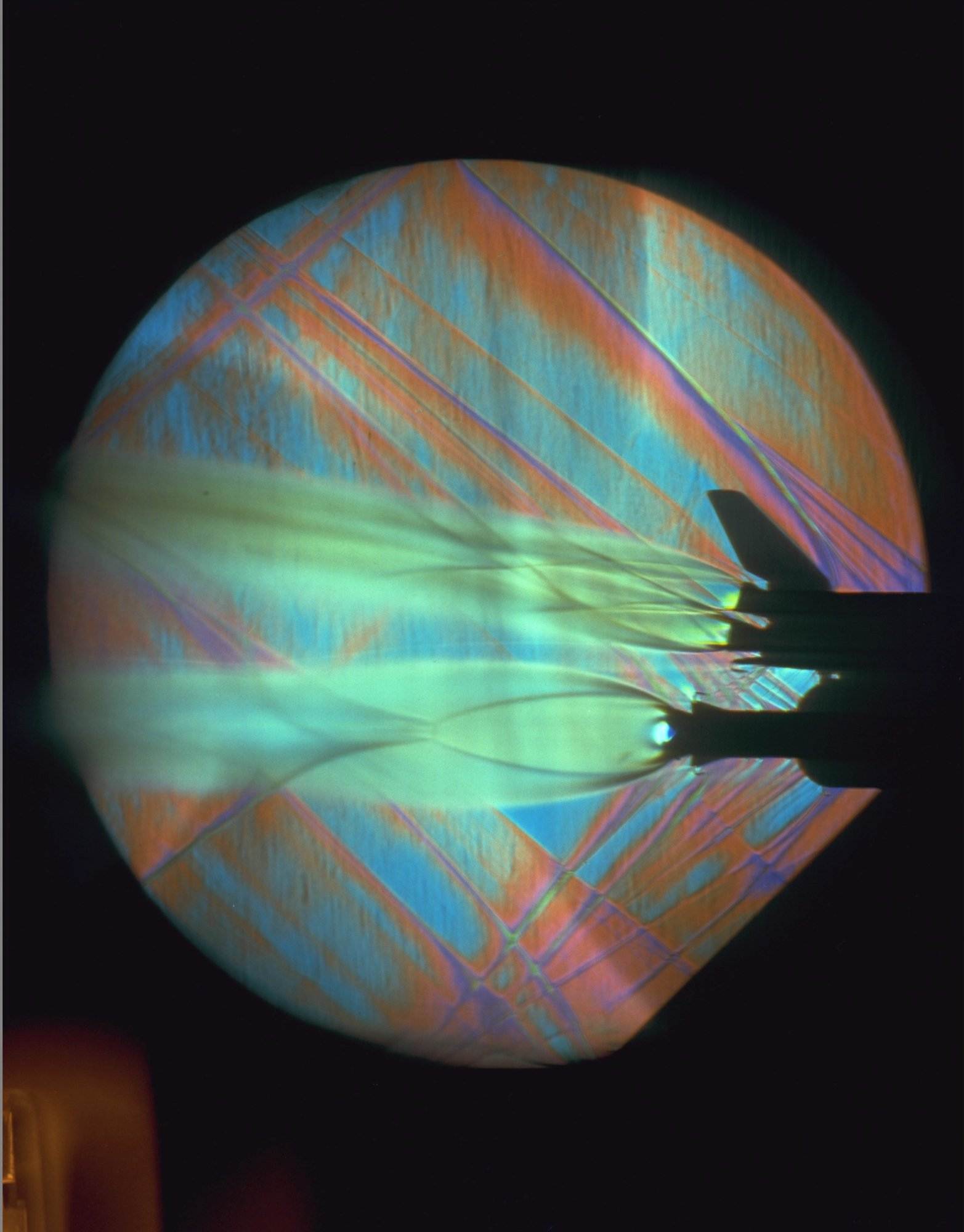
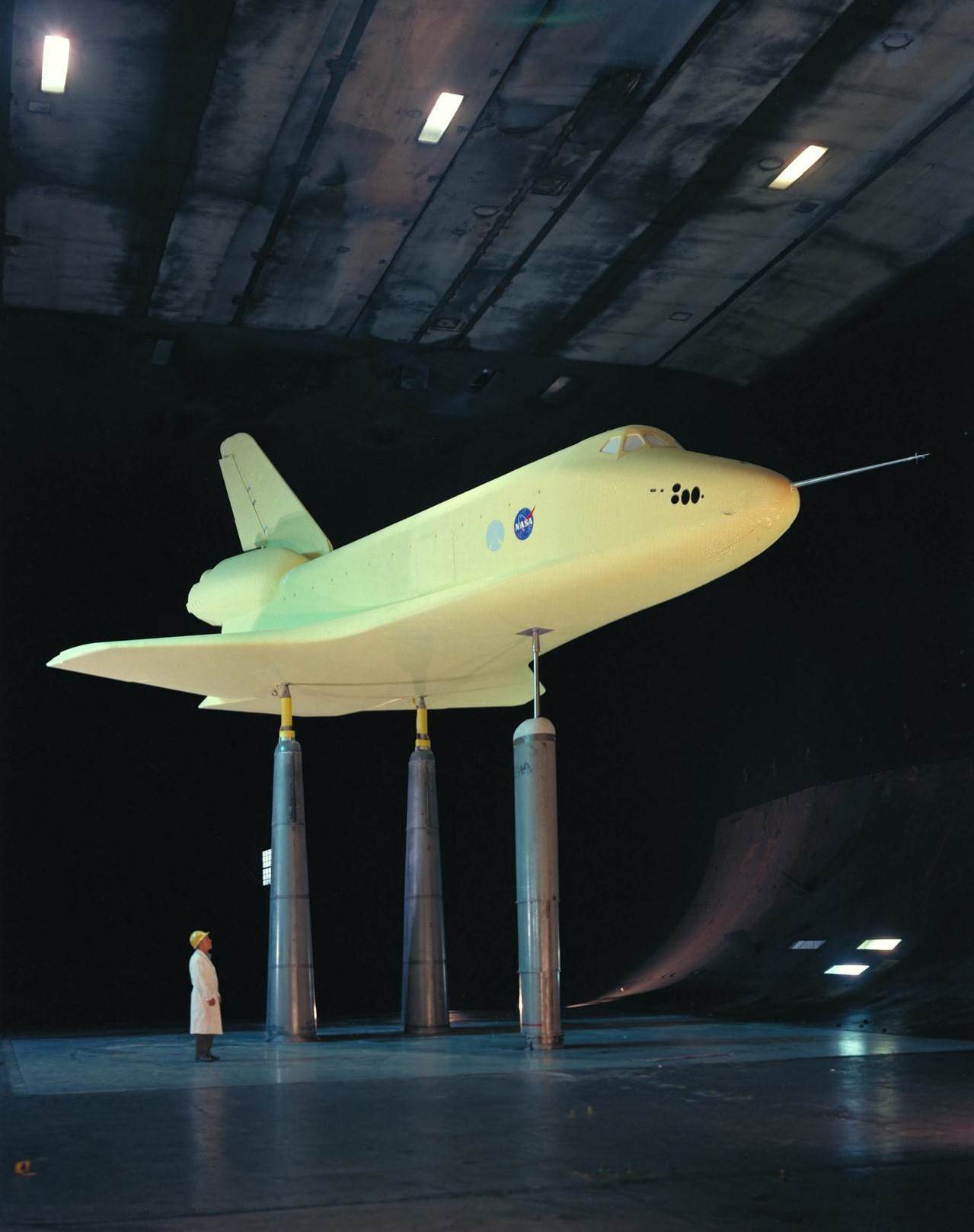
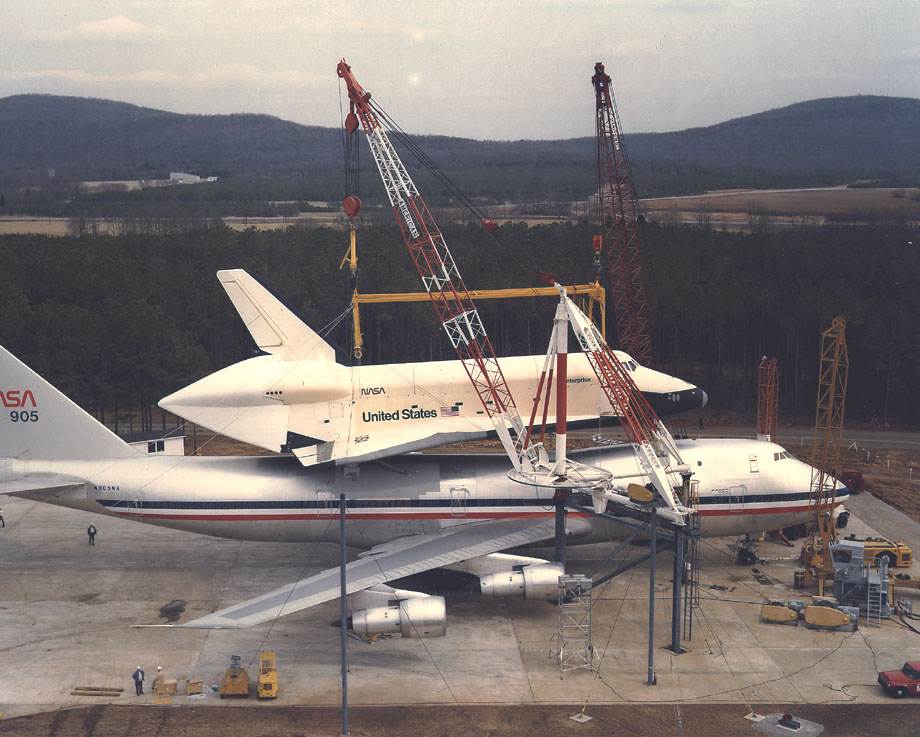
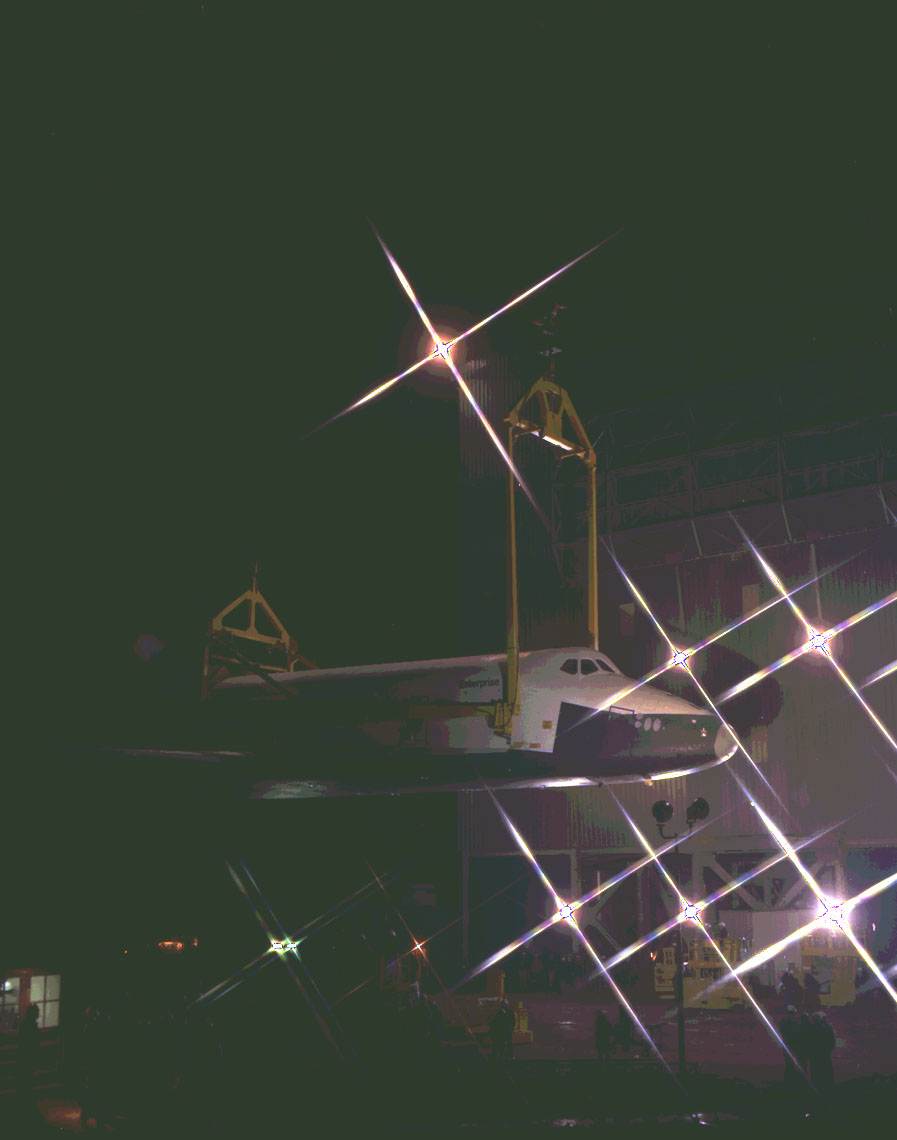
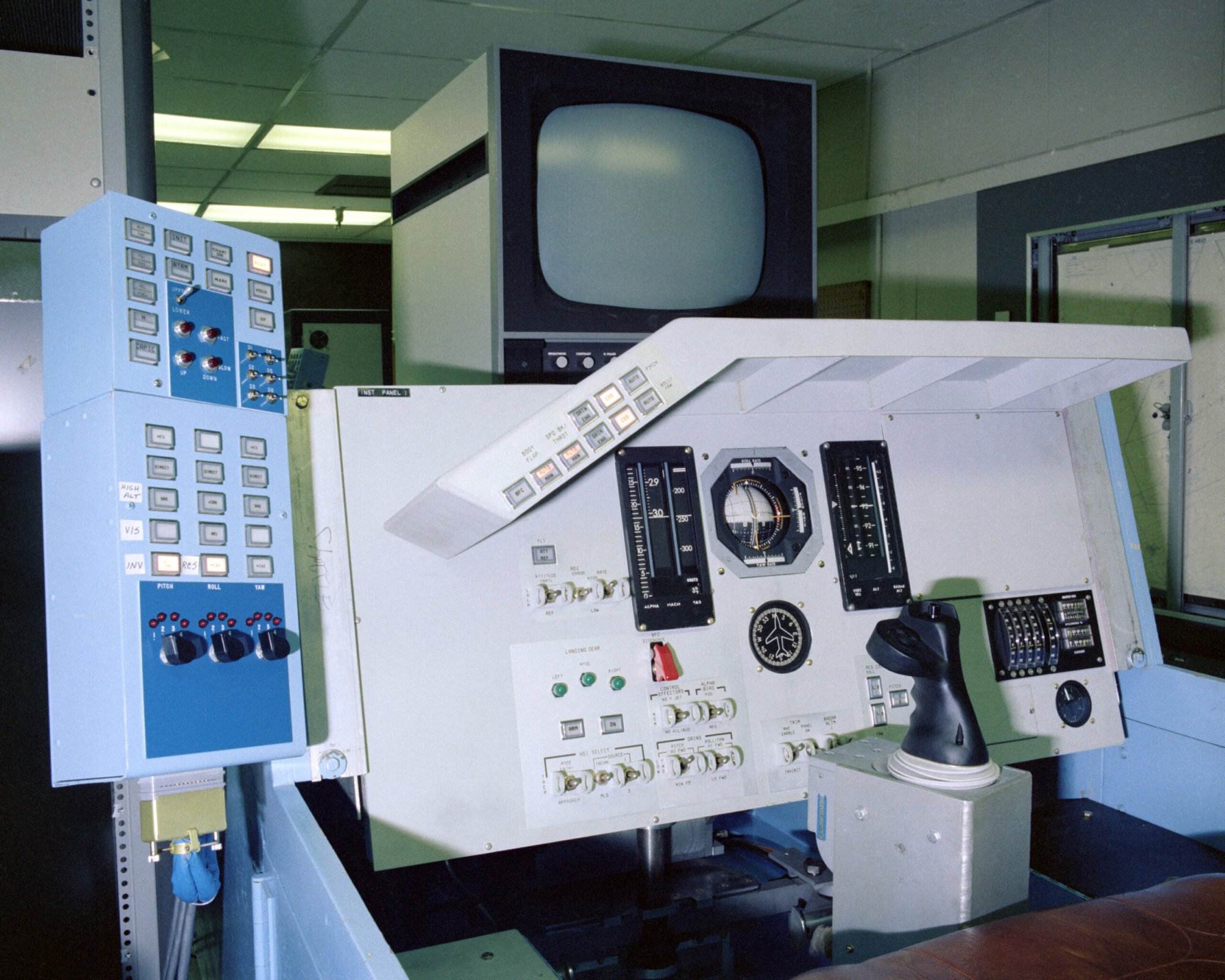
Featured Photo Credit: An early iteration of the Space Shuttle cockpit. “Pilot Kenneth C. White in chair. Space Shuttle Vehicle Simulation. SSV cockpit in the moving-cab transport simulator (S.16)” NASA Ames photo, labeled December 1, 1970
*****
Emily Carney is a writer, space enthusiast, and creator of the This Space Available space blog, published since 2010. In January 2019, Emily’s This Space Available blog was incorporated into the National Space Society’s blog. The content of Emily’s blog can be accessed via the This Space Available blog category.
Note: The views expressed in This Space Available are those of the author and should not be considered as representing the positions or views of the National Space Society.

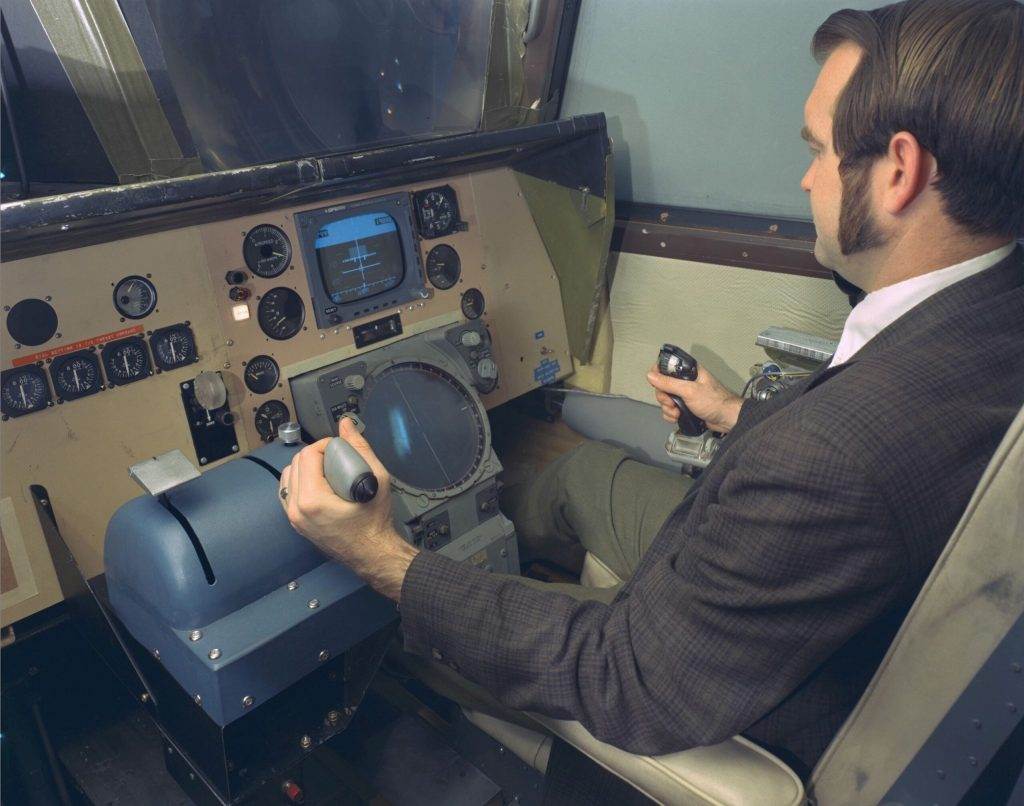
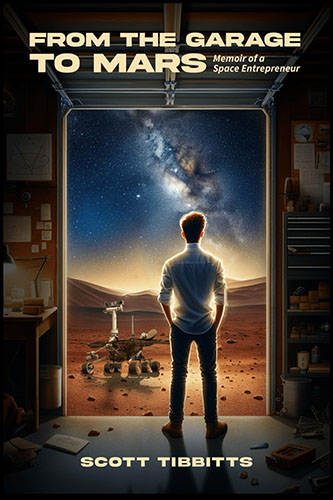
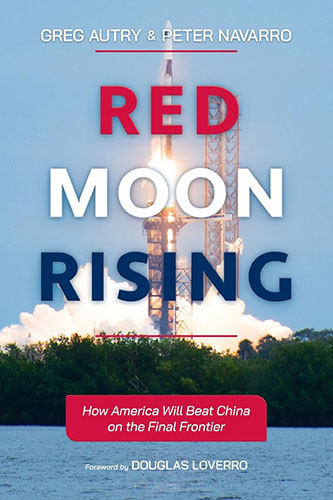
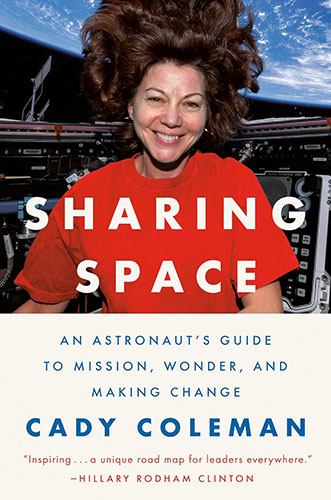
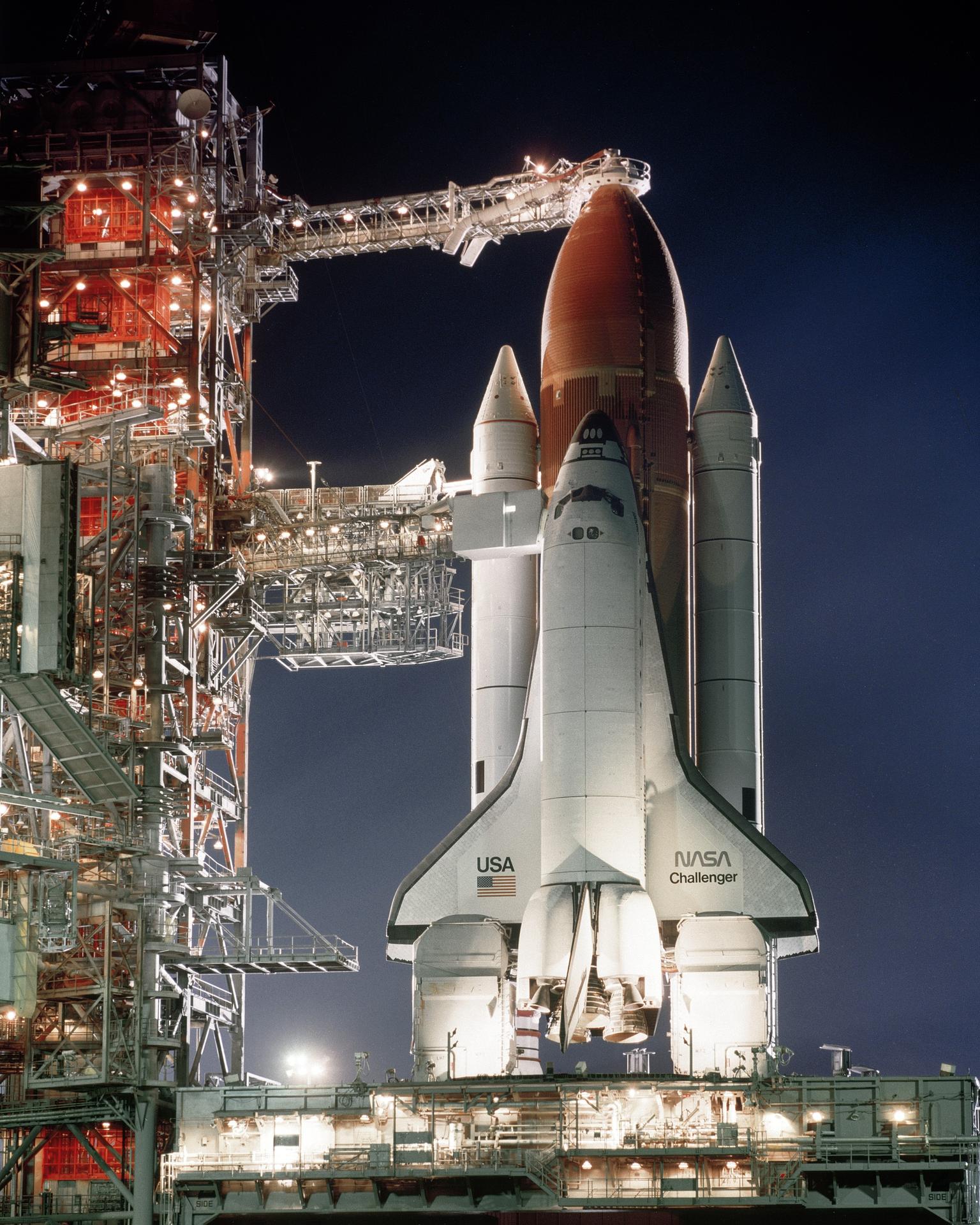
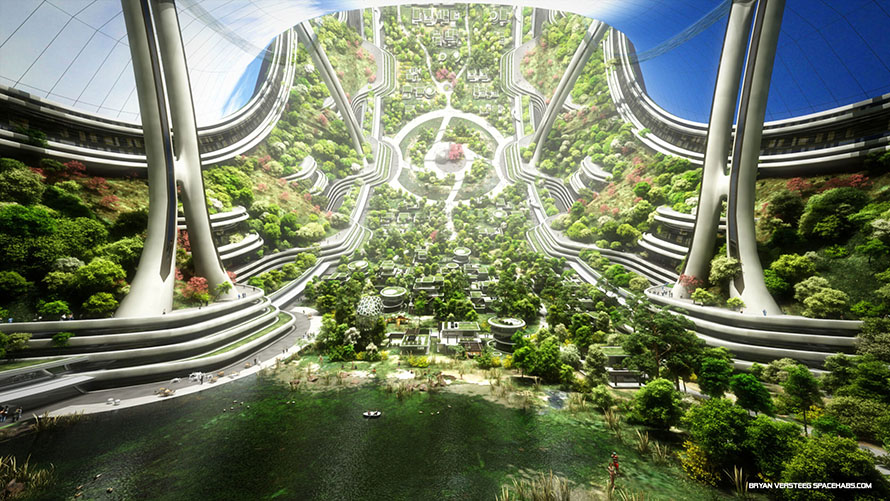
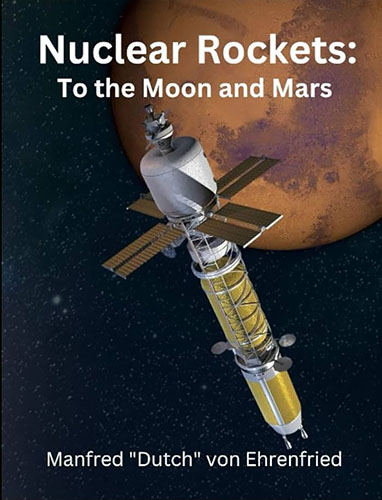
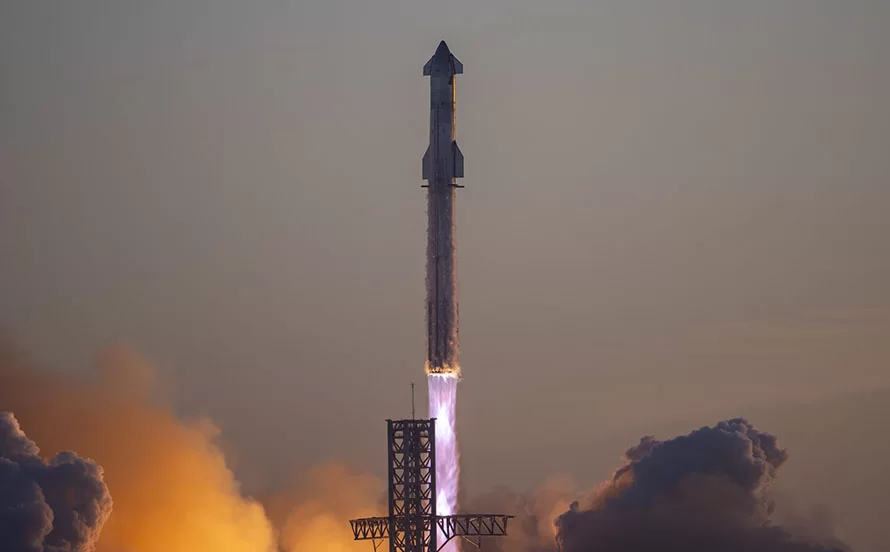
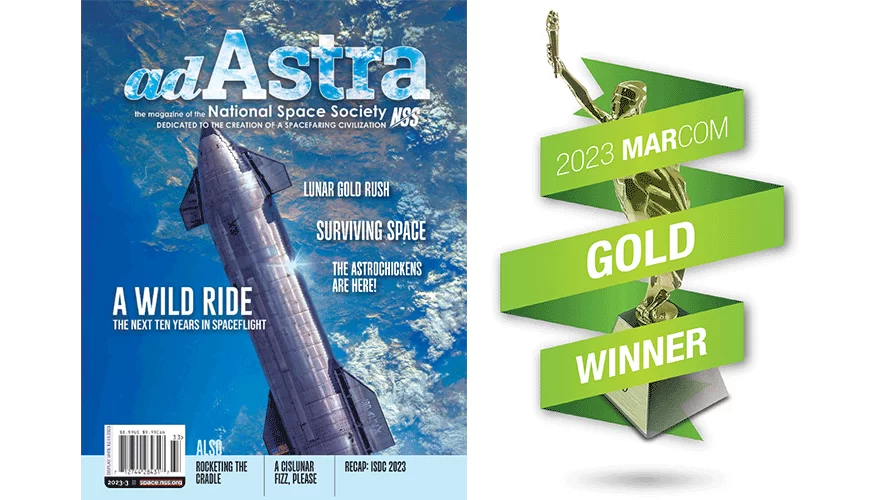
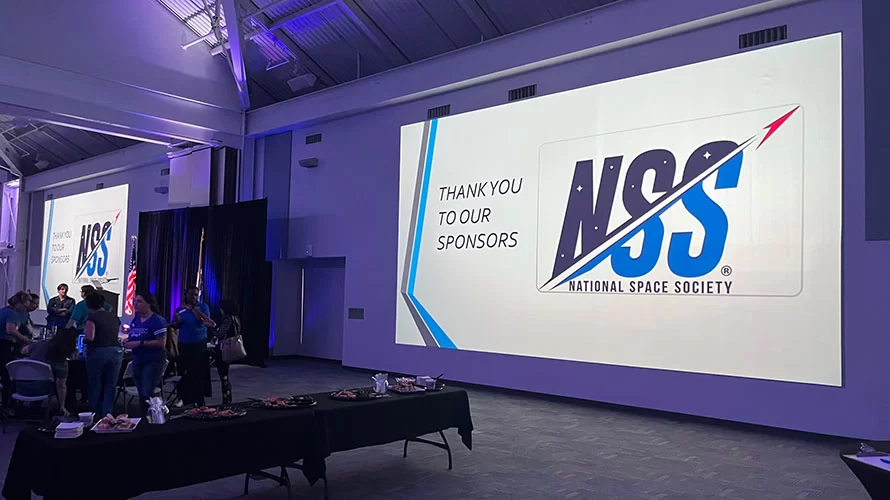
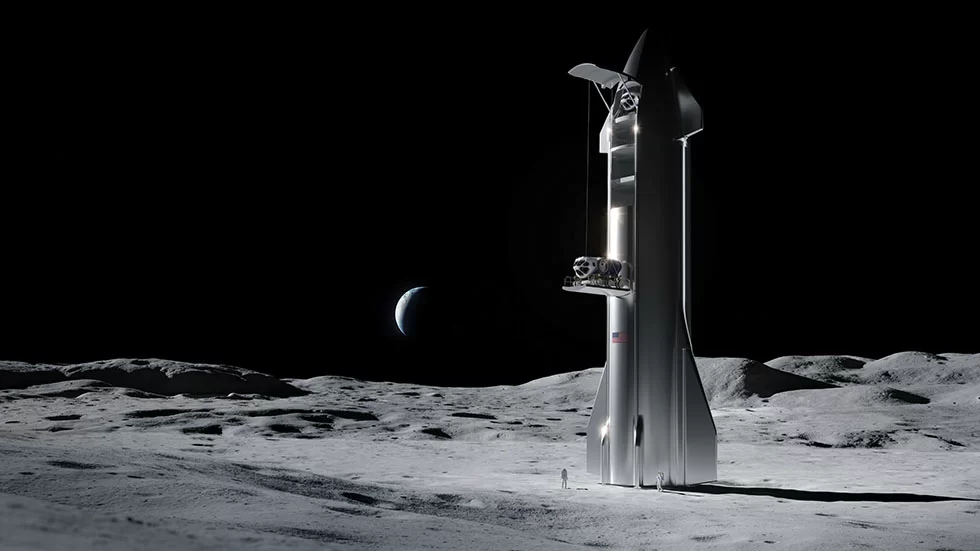
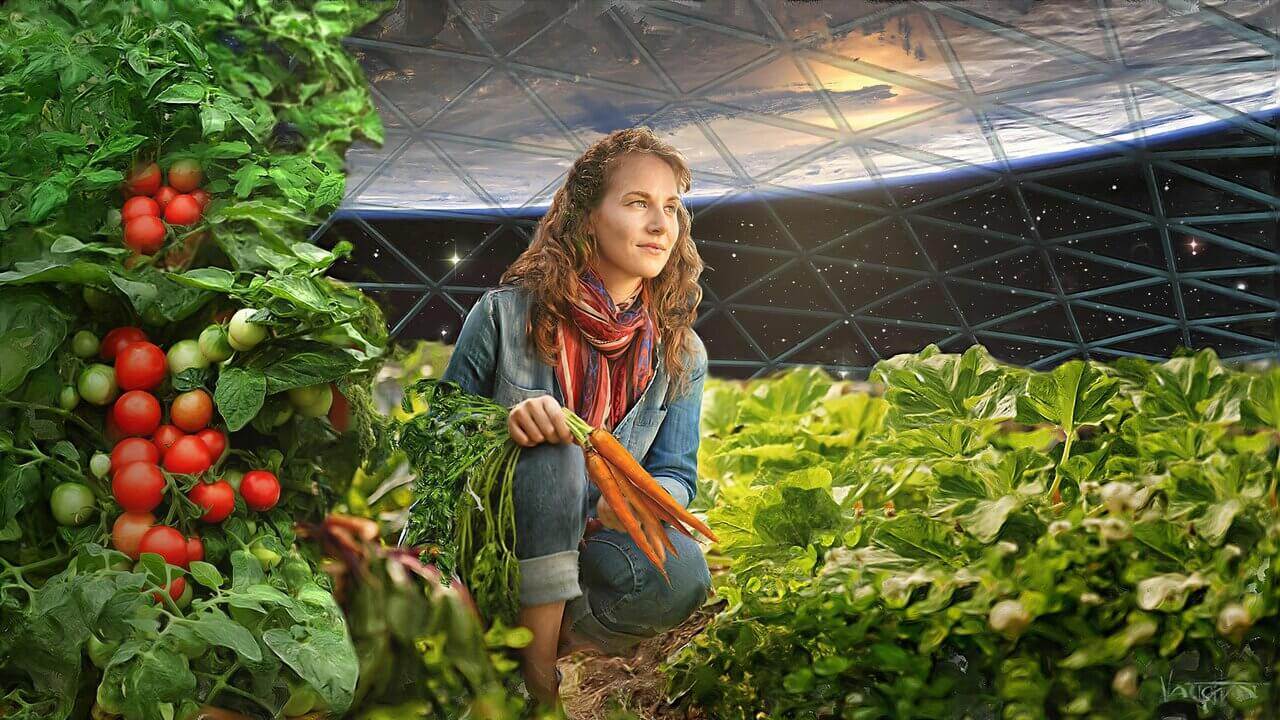
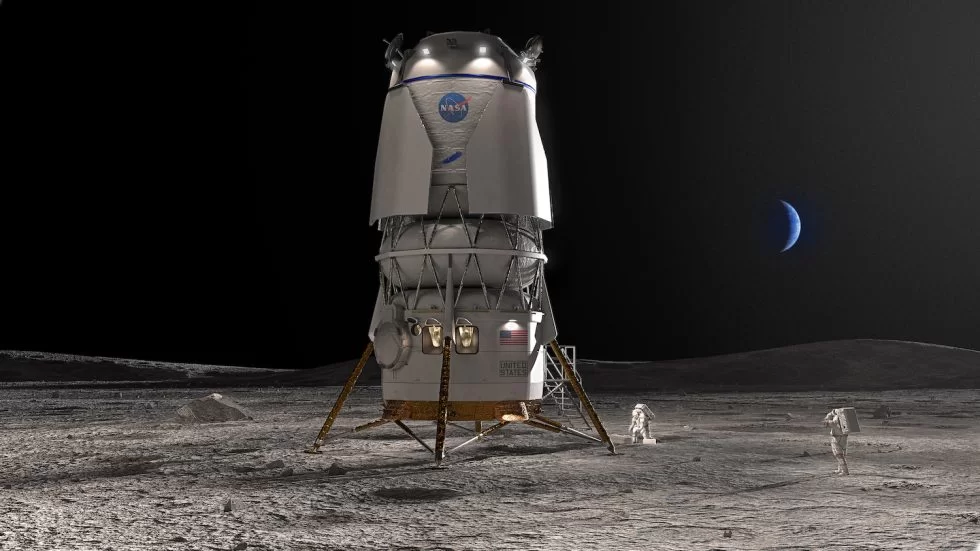
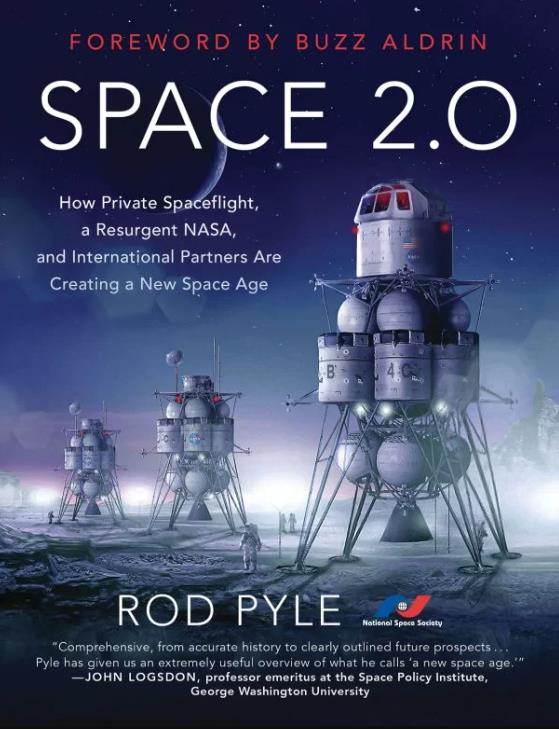
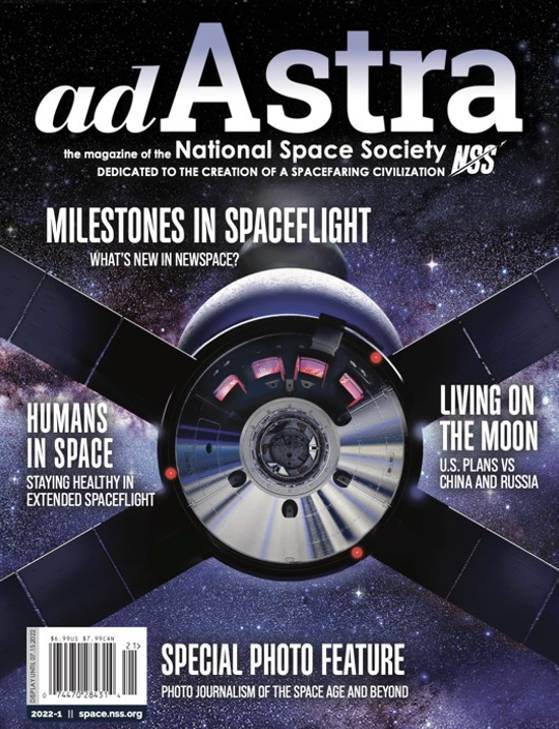
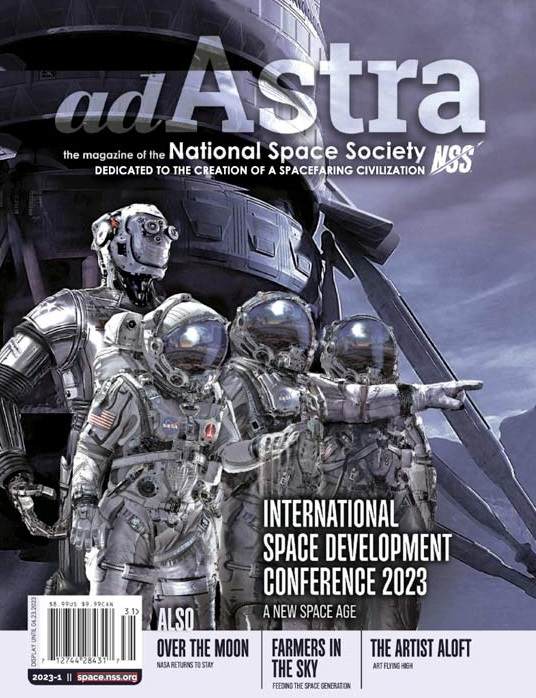
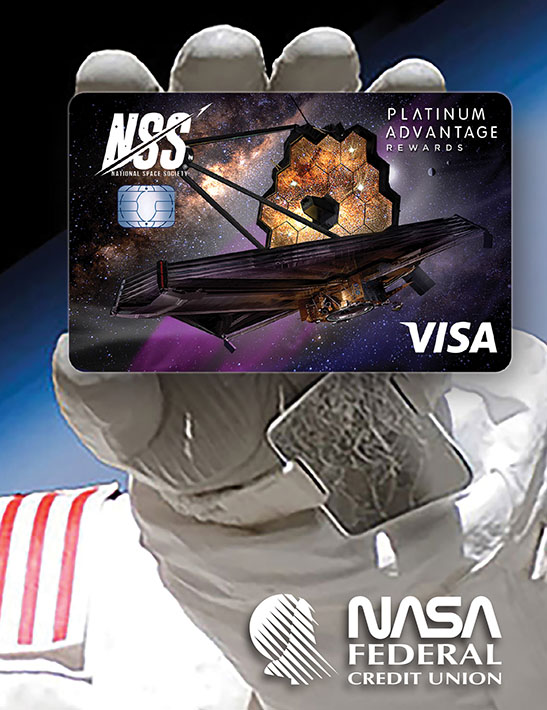

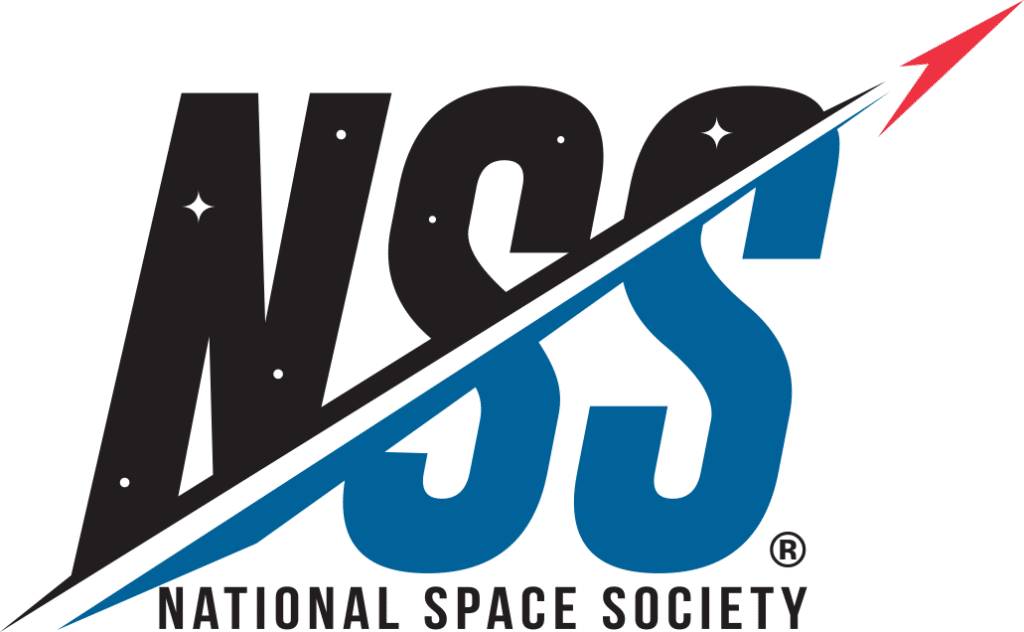
2 thoughts on “Space in the Seventies: Envisioning the Space Shuttle, 1970 – 1980”
Good start Ladies and Gentlemen: Now upgrade this to a “People Mover” and make thousands of them, because “We need to leave, now… The planet is no longer hospitable.”
VERY INTERESTING! I didn’t realize that research was being done in this regard as early as 1969.
Personally, I wonder why Space Shuttles weren’t retrofitted with newer and more reliable computer technology and maybe new ones built. Especially during the early years of the Space Shuttle program, computers still had a lot of hardware failures. In the latter 1980’s, much of this was changing, and in the 1990’s, things got MUCH BETTER. I am a local computer technician, and nowadays, hardware failures are on the rare side. I see more issues with malware and other software related problems as opposed to actual hardware problems. I have personally witnessed a lot of the computer evolution from 1982 (age 15) to the present (now age 54).